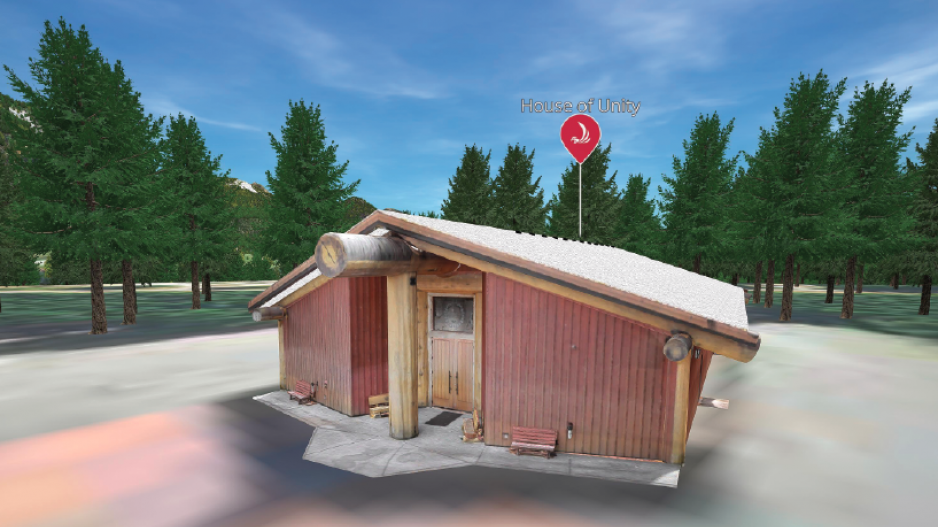As the Mowachaht/Muchalaht First Nation on Vancouver Island eyes its economic future, print-outs and physical maps are going the same way as Dictaphones and fax machines.
Instead, virtual reality (VR) headsets are becoming the go-to tool for business dealings as the band finds a balance between the forestry and tourism sectors.
“Forestry and tourism kind of clash when you [bring] guests down to Muchalaht Inlet or various waterways in the traditional territory, and you look up and see both sides of the mountains have been logged,” said Dorothy Hunt, lands manager for the Mowachaht/Muchalaht First Nation on the Island’s west coast.
“We deal with hundreds – literally hundreds – of referrals from various logging companies and … at these referral meetings we always do a real thorough investigation as to where they’re going to log and what the proposal is, but we don’t often have the technology to understand visually what it’s going to look like once it’s logged.”
After partnering with Victoria-based LlamaZoo Interactive Inc., the Mowachaht/Muchalaht band this month became the first First Nation to tap that capability through digital twinning, according to company CEO Charles Lavigne. Digital twinning refers to the process of creating a digital replica of an object rendered through data.
The digital twin created in this instance is the 350,000 hectares of Mowachaht/Muchalaht territory that can now be viewed almost like a video game through LlamaZoo’s TimberOps software, either through VR headsets or on a regular computer monitor.
“Everything is on a one-to-one scale, so you really do get to see how wide a valley is or how big a river is as if you were standing there,” Lavigne said.
In the case of Mowachaht/Muchalaht, LlamaZoo took everything from satellite data to 100-plus years of logging records to create the digital twin of the territory.
These data silos – essentially, heaps of information not easily accessible to different groups – have now been unlocked in a visual medium that Lavigne said enables better “information continuity” between all the parties.
“The software really empowers the First Nation bands to better manage their land data,” he said, adding it will also reduce the need for site visits that have become less practical in the new reality of COVID-19.
In the Lower Mainland, advances made in digital twinning by Finger Food Advanced Technology Group drew the attention of both Microsoft Corp. (Nasdaq:MSFT) and Unity Technologies.
Microsoft has been a long-running partner of Finger Food, which has been using the tech giant’s HoloLens headset to allow wearers to see three-dimensional digital images in a way that closely simulates real-life viewing.
San Francisco’s Unity acquired the Port Coquitlam company in May for an undisclosed amount with the promise to retain all 200 employees as it develops more enterprise services using the technology.
Finger Food has also developed applications for Enbridge Inc. (TSX:ENB), SoftBank Robotics and Lowe’s Cos. Inc. (NYSE:LOW).
In late April, the Vancouver-based Digital Technology Supercluster revealed it was committing $60 million of its $153 million budget from the federal government towards tech that could address the pandemic.
Among four projects to initially get the nod was Lifesaver: Predicting Emerging Pandemics, led by Finger Food.
The project is aimed at developing a platform using data from sources ranging from health authorities to weather services to better predict emergencies and deploy needed resources.
The same supercluster is also contributing $2.2 million to the Learning Factory Digital Twin, which is applying digital twinning to the process for manufacturing aerospace components.
LlamaZoo is a part of the consortium developing the project and is contributing $4.5 million in private funds.
Just as other organizations are ramping up investments in the tech, Hunt said the Mowachaht/Muchalaht First Nation recognizes the business value it offers.
In addition to fielding logging referrals from forestry companies, the band owns its own forestry company.
“They [competing forestry companies] have a lot of technology First Nations don’t usually have and so it’s really levelled the playing field for us,” she said.




